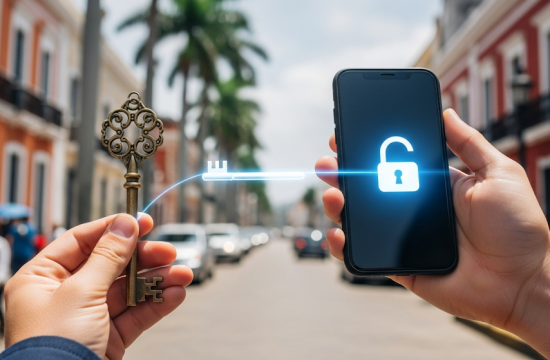There’s something strangely comforting about looking at things from far away. Maybe it’s because, from a distance, the chaos of daily work starts to make a bit more sense. That’s kind of what remote sensing consulting feels like for a lot of companies right now. Not the sci-fi version with satellites zooming around and complicated maps, but the simple idea of being able to see what’s going on without having to physically be there. And remote sensing consulting, which is basically the practice of helping companies make sense of all that imagery, has turned into one of those quietly transformative tools. The kind you don’t notice at first, but later you wonder how you ever made decisions without it.
Most folks still imagine remote sensing as a pretty picture from space. Nice colors, interesting patterns, maybe something you’d frame on a wall. But the reality is way less glamorous and way more useful. The raw image doesn’t mean much unless someone knows how to read it. It’s just pixels. Consultants take those pixels and, little by little, translate them into something that actually matters: a warning, a trend, a pattern, a hint that something might be going wrong. Without that translation, it’s like looking at an X-ray without being a doctor. You see the shapes but not the meaning. Read more about customized AI solutions.
The Operational Advantage: Timing and Early Warnings
The biggest advantage, honestly, is timing. Decisions that used to take too long or rely on incomplete information can now happen almost instantly. Think of a farmer trying to figure out why part of his field isn’t growing properly. Or a construction manager wondering if the land shifted after heavy rain. Or a logistics company trying to understand why a route is suddenly delayed. With remote sensing, you don’t wait for someone to physically visit the site. You don’t wait for reports that might be missing half the story. You just check the data and act while the information is still fresh.
What really fascinates me is how much satellites notice before humans do. A crop can look fine from three meters away, but from above you might notice subtle color changes that signal stress. A riverbank might look stable when you walk on it, but the satellite can show it’s shifting slowly every week. A mine might seem to be operating normally, but thermal readings can reveal a hotspot that hints at structural risk. Consultants take all these strange signals and turn them into early warnings. It’s a bit like having a friend who notices things before you do.
Reducing Uncertainty and Achieving Clarity
The other big part of remote sensing consulting is reducing uncertainty. Every business has blind spots, no matter how well organized it is. Maybe a part of your land is too remote to check often. Maybe weather makes inspections impossible. Maybe you don’t fully trust the report you got last week. Remote sensing cuts through that. It doesn’t matter if the location is hard to reach or if you only have one staff member on site. Satellites don’t get tired or stuck in traffic. They just pass over, collect data, and give you a consistent view. And having that view makes you feel a little more grounded when making decisions.
The Custom Advantage: Matching the Tool to the Problem
What’s also true is that remote sensing isn’t one-size-fits-all. One company might need to track moisture every week, another needs thermal patterns daily, another needs structural changes once a month. The sensors are different, the goals are different, and the whole process works because consultants know which tool fits which problem. It’s like having a huge toolbox but knowing exactly which wrench to pull out instead of fumbling through everything.
Satellites don’t get tired or stuck in traffic. They just pass over, collect data, and give you a consistent view. And having that view makes you feel a little more grounded when making decisions.
People sometimes think this stuff is too expensive or too “NASA-like,” but it’s becoming surprisingly accessible. You don’t need to buy your own satellite. You don’t need to operate your own drones. And you don’t need huge tech teams. A consultant can look at your problem and tell you exactly what data you need, how often you need it, and what can be ignored. In a way, they save you from drowning in information. They help you focus on what actually matters instead of buying fancy layers you won’t use.
Remote sensing is also one of the few technologies that genuinely helps companies be more responsible. Not in a performative, press-release kind of way, but in a practical sense. If you can see deforestation starting, or erosion accelerating, or water contamination spreading, then you can do something before it gets worse. Consultants help companies understand this in a very down-to-earth way.











